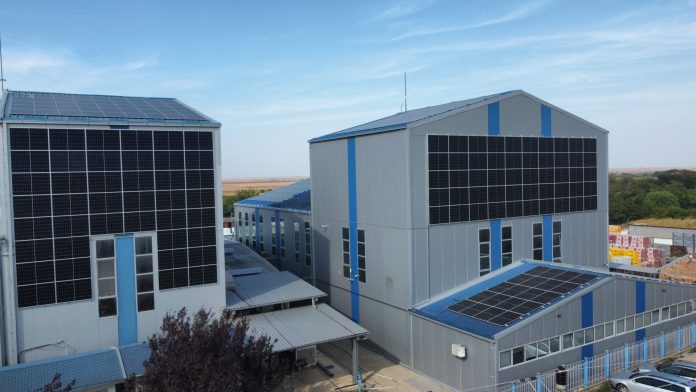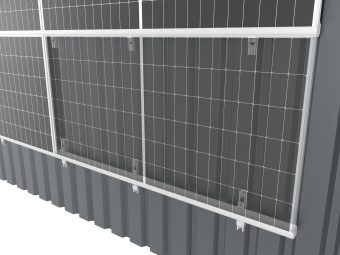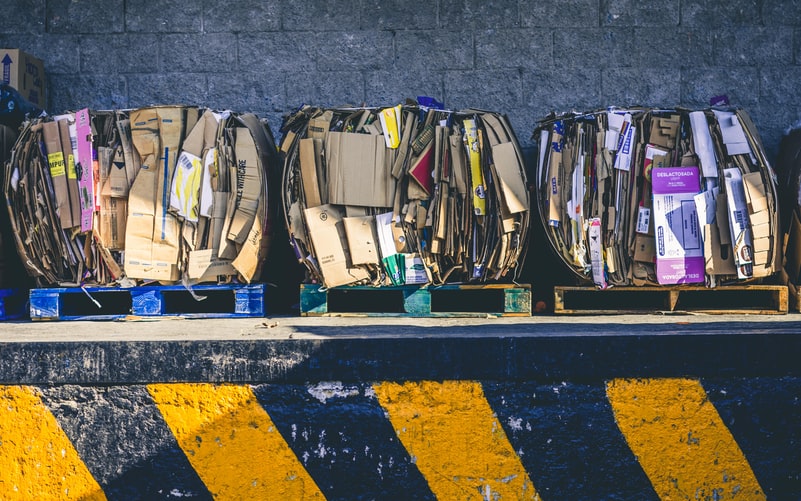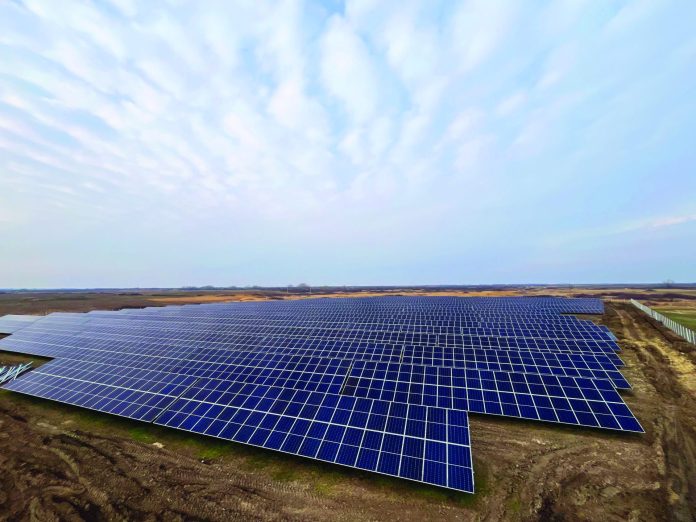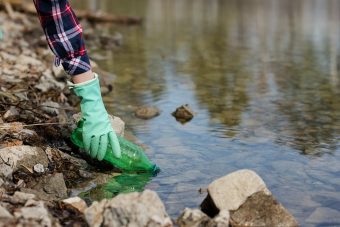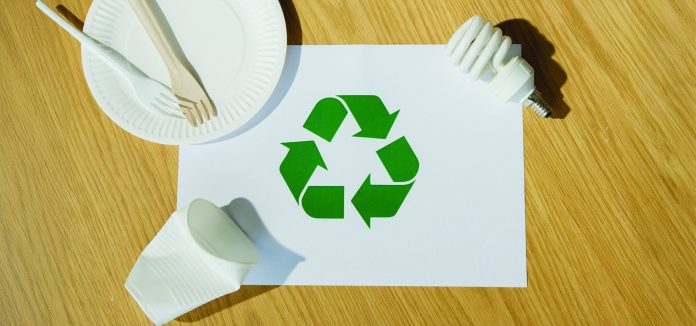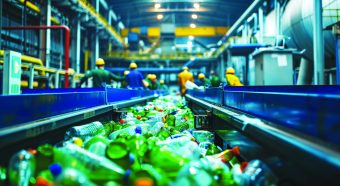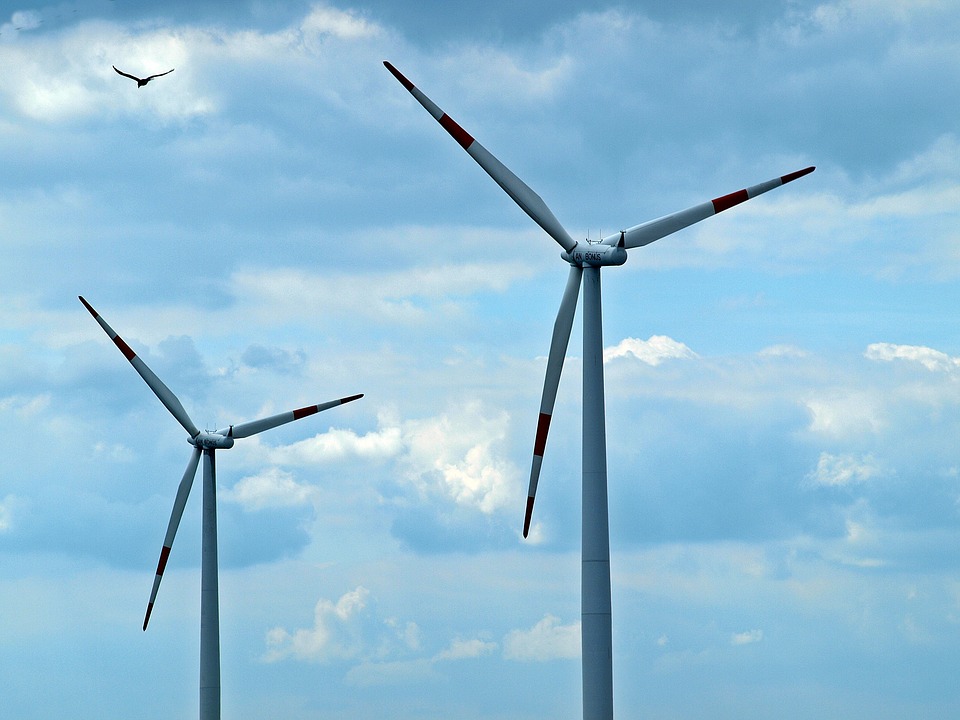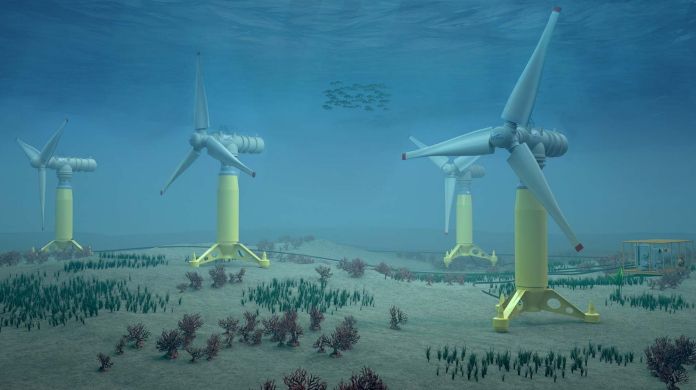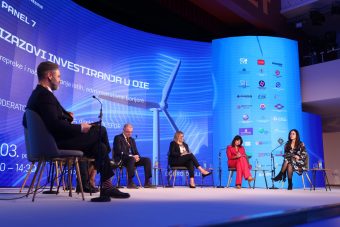For many local governments in Serbia, air pollution is one of the biggest challenges, requiring significant investments and active participation from all sectors of society. However, Užice proves that progress in environmental protection and energy efficiency is possible. This city has been at the forefront of implementing concrete measures for years, and the results are becoming increasingly visible.
To learn more about the projects carried out, the results achieved so far, and future plans, we spoke with Svetlana Drakul, Head of the Department for Environmental Protection and Sustainable Development of the City of Užice.
Pioneering Steps Toward Sustainability
While most local governments in Serbia have only recently joined the Project of Clean Energy and Energy Efficiency for Citizens, implemented by the Ministry of Mining and Energy, Užice initiated energy renovation projects as early as 2015, using its own funds.
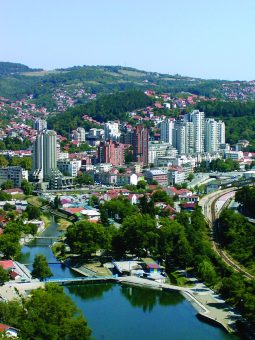
”We started co-financing energy renovation measures nine years ago, initially with four million dinars. Year by year, we increased that amount, and so far, we have implemented 3,566 contracts, investing over 317 million dinars”, Drakul stated.
The high level of citizen interest confirms the project’s success—in 2023 alone, 619 applications were submitted, 527 of which received renovation funding. In 2024, the number of applications was slightly lower, but out of 265 requests, 224 subsidies were approved.
”We usually start with smaller amounts, and when we see the level of interest, we increase the funds through contract annexes. This year, with the ministry’s support, we secured an additional 34 million dinars, allowing all citizens who meet the criteria to receive subsidies”, Drakul explained.
Beyond improving energy efficiency, this project has significantly boosted the local economy. More than 50 percent of the contractors involved in the work are from Užice, and the most in-demand renovation measures are window replacement and the installation of new boilers.
”The highest demand is for window replacement because it is a quick investment to implement, and many companies are capable of carrying out the work”, Drakul added.
IN FOCUS:
- Circular Economy – An Investment In The Future
- Solar Project on the Tamiš Riverbank
- Modern Technologies in Waste Management
Cleaner Air Through Modern Boilers
For years, Užice has struggled with severe air pollution. However, replacing outdated boilers with modern solutions is already producing results. Over the past ten years, the city has replaced 1,590 gas-powered boilers and 141 pellet-fired boilers.
”Although gas is not a completely ecological energy source, its emissions are significantly lower compared to coal and improperly used wood”, Drakul explained.
The results speak for themselves—while in 2018, the average annual concentration of PM10 particles was 45.5 µg/m³, by 2023, it had decreased to 32.7 µg/m³. The data for 2024 is expected to show even further improvement. Additionally, the number of days exceeding pollution limits has significantly decreased, proving the effectiveness of the measures implemented.
Užice has no plans to stop here— the next goal is to encourage citizens to use renewable energy sources. The city has already awarded 10 subsidies for heat pumps, and 18 for solar panels, and interest in these technologies is expected to grow in the coming years.
However, there is a challenge—a shortage of contractors for thermal insulation projects.
”This is one of the most important measures because it provides the most significant energy savings. Unfortunately, we don’t have any registered contractors for it, which poses a serious problem. Major construction projects on Zlatibor are drawing labor away, while on the other hand, contractors complain that the administrative procedures are too complicated”, Drakul pointed out.
Prepared by Milena Maglovski
The story was published in the Energy portal Magazine CIRCULAR ECONOMY


